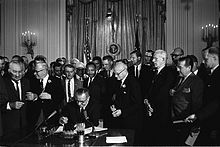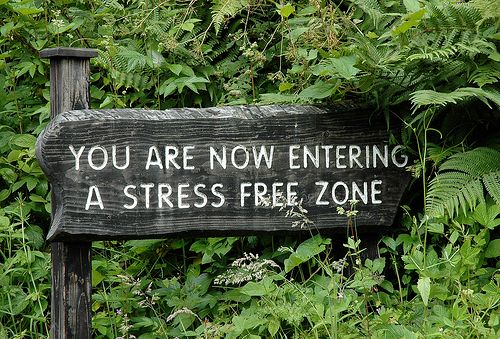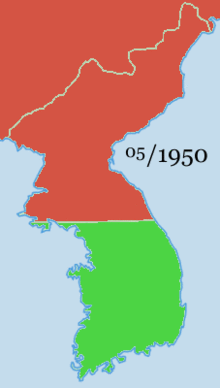This is your morning Open Thread. Pour your favorite beverage and review the past and comment on the future.
Find the past “On This Day in History” here.
Click on images to enlarge.
July 3 is the 184th day of the year (185th in leap years) in the Gregorian calendar. There are 181 days remaining until the end of the year.
On this day in 1863, Battle of Gettysburg ends
On the third day of the Battle of Gettysburg, Confederate General Robert E. Lee’s last attempt at breaking the Union line ends in disastrous failure, bringing the most decisive battle of the American Civil War to an end.
General Lee wished to renew the attack on Friday, July 3, using the same basic plan as the previous day: Longstreet would attack the Federal left, while Ewell attacked Culp’s Hill. However, before Longstreet was ready, Union XII Corps troops started a dawn artillery bombardment against the Confederates on Culp’s Hill in an effort to regain a portion of their lost works. The Confederates attacked, and the second fight for Culp’s Hill ended around 11 a.m., after some seven hours of bitter combat.
Lee was forced to change his plans. Longstreet would command Pickett’s Virginia division of his own First Corps, plus six brigades from Hill’s Corps, in an attack on the Federal II Corps position at the right center of the Union line on Cemetery Ridge. Prior to the attack, all the artillery the Confederacy could bring to bear on the Federal positions would bombard and weaken the enemy’s line.
Around 1 p.m., from 150 to 170 Confederate guns began an artillery bombardment that was probably the largest of the war. In order to save valuable ammunition for the infantry attack that they knew would follow, the Army of the Potomac’s artillery, under the command of Brig. Gen. Henry Jackson Hunt, at first did not return the enemy’s fire. After waiting about 15 minutes, about 80 Federal cannons added to the din. The Army of Northern Virginia was critically low on artillery ammunition, and the cannonade did not significantly affect the Union position. Around 3 p.m., the cannon fire subsided, and 12,500 Southern soldiers stepped from the ridgeline and advanced the three-quarters of a mile (1,200 m) to Cemetery Ridge in what is known to history as “Pickett’s Charge”. As the Confederates approached, there was fierce flanking artillery fire from Union positions on Cemetery Hill and north of Little Round Top, and musket and canister fire from Hancock’s II Corps. In the Union center, the commander of artillery had held fire during the Confederate bombardment, leading Southern commanders to believe the Northern cannon batteries had been knocked out. However, they opened fire on the Confederate infantry during their approach with devastating results. Nearly one half of the attackers did not return to their own lines. Although the Federal line wavered and broke temporarily at a jog called the “Angle” in a low stone fence, just north of a patch of vegetation called the Copse of Trees, reinforcements rushed into the breach, and the Confederate attack was repulsed. The farthest advance of Brig. Gen. Lewis A. Armistead’s brigade of Maj. Gen. George Pickett’s division at the Angle is referred to as the “High-water mark of the Confederacy”, arguably representing the closest the South ever came to its goal of achieving independence from the Union via military victory.
There were two significant cavalry engagements on July 3. Stuart was sent to guard the Confederate left flank and was to be prepared to exploit any success the infantry might achieve on Cemetery Hill by flanking the Federal right and hitting their trains and lines of communications. Three miles (5 km) east of Gettysburg, in what is now called “East Cavalry Field” (not shown on the accompanying map, but between the York and Hanover Roads), Stuart’s forces collided with Federal cavalry: Brig. Gen. David McMurtrie Gregg’s division and Brig. Gen. Custer’s brigade. A lengthy mounted battle, including hand-to-hand sabre combat, ensued. Custer’s charge, leading the 1st Michigan Cavalry, blunted the attack by Wade Hampton’s brigade, blocking Stuart from achieving his objectives in the Federal rear. Meanwhile, after hearing news of the day’s victory, Brig. Gen. Judson Kilpatrick launched a cavalry attack against the infantry positions of Longstreet’s Corps southwest of Big Round Top. Brig. Gen. Elon J. Farnsworth protested against the futility of such a move but obeyed orders. Farnsworth was killed in the attack, and his brigade suffered significant losses.




 On this day in 1986, the
On this day in 1986, the 

 On this day in 1919,
On this day in 1919, 
